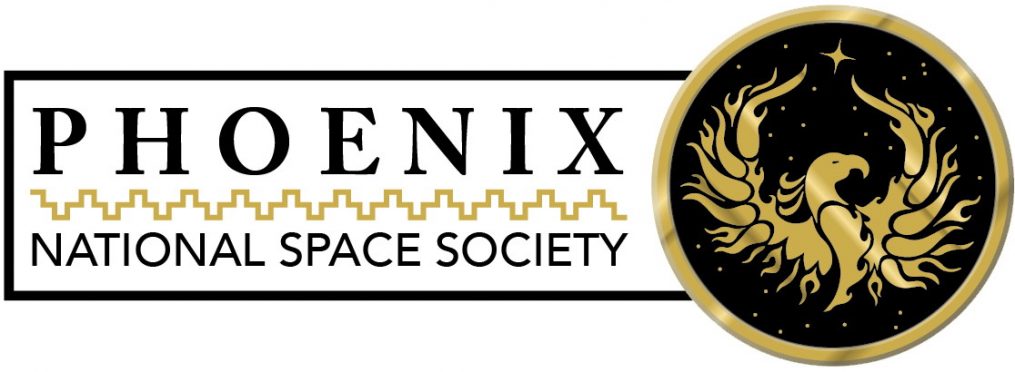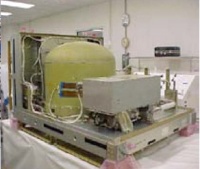|
|
|
At 6:44 AM Phoenix time (1344 UTC) launch is about 2 hours away. At the moment we are ‘no go’ due to cloud density over the launch site. NASA-TV is here, and the Kennedy Space Center video feeds can be found here for weather and pad cameras. |
|
|
|
|
|
The countdown is at T-minus 20 minutes and holding, with a ten minute built in hold. At 7:21 AM Phoenix (1321 UTC) the count has resumed and will go down to T-minus 9 minutes for the next built in hold. |
|
|
Weather is now a ‘go’. The Ops Commit Criteria are all green. The launch is now at T-minus 9 minutes, with a 41 minute built in hold. This will set up the launch, with the window opening at 15:22:13 UTC. The launch is expected at 15:26 UTC. The countdown will resume at 15:17:46 UTC Poling of the main systems is complete, and everything is go. |
|
T-minus 4 minutes. Steering check of the three main engines. Solid rockets are armed. The auxiliary power units have been started. T-minus 2 minutes. T-minus 60 seconds. T-minus 31 seconds and a failure at the moment of hand-off to the internal computer. Retraction of the event arm confirmed. The count has resumed. And launch. |

Launch
Image Credit: NASA TV
Seven minutes into the flight, all systems are go.
At eight minutes we have main engine cutoff and external tank separation.
All three APU systems and all three fuel cells are operating normally.
Atlantis will now begin chasing the International Space Station, anticipating docking two days from now.








